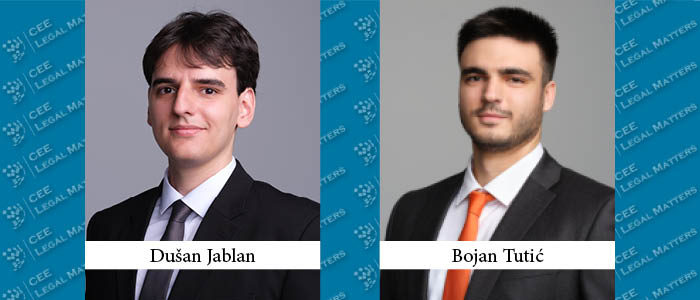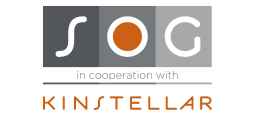The world’s population is on the rise, increasing the demand for food. The United Nations estimates that the world population will reach 9 billion people in approximately 15 years; by 2050, it is expected to reach 10 billion people. This means there will be an additional two billion people to feed, necessitating farming and food production to become more efficient.
Traditional farming methods may fall short of meeting these escalating needs. Artificial intelligence (“AI”) is emerging as part of the solution and a trailblazer in the agricultural industry’s technological evolution. AI’s applications in agriculture are already widespread, covering domains such as real-time monitoring, harvesting, processing, crop production, marketing, weed detection, yield prediction, crop quality control, and many more.
However, before dubbing AI the savior of agriculture, we must acknowledge the most significant risk associated with its use: liability for AI’s performance within the agricultural industry. AI-driven machinery like tractors or robots can inadvertently cause damage to crops, livestock, or even farmworkers. Analytical AI tools that predict weather patterns or optimal harvesting times can also make incorrect decisions, negatively impacting crops and yields. This raises the pivotal question: who should be held responsible for the damage caused by AI’s actions? Should it be the manufacturers, programmers, or users?
Historically, manufacturers and robot programmers are held liable for damage caused by a robot only if they could have reasonably foreseen such harm or if it occurred due to their negligence. In the case of Jones v. W + M Automation, Inc., the court ruled that the equipment manufacturer was not liable for the damage caused by the robot as they had produced “only non-defective component parts”. This implies that manufacturers who comply with regulations will not be held liable for the resulting damage.
However, even if the manufacturer had anticipated the possibility of harm, establishing a causal link between AI’s actions and the ensuing damage presents a challenge. The injured party must prove a causal link between AI’s actions and the resulting damage to claim compensation. Given the complexity of AI systems and their constant evolution, this proof can be particularly difficult to establish. Addressing this issue calls for introducing new regulations, such as shifting the burden of proof to the AI manufacturer, implementing mandatory AI damage insurance, presuming causation, and others. The European Union has already taken strides toward regulating AI and liability through the Artificial Intelligence Act and the AI Liability Directive.
Another potential regulatory approach involves distinguishing between the actions of machines under human control, like driving vehicles, and autonomous AI actions, such as crop protection spraying, when determining liability. This distinction would require specific provisions for (i) machine operators, (ii) machine manufacturers, and (iii) software providers. A clear delineation of responsibilities would facilitate liability determination. However, any unauthorized hardware or software modifications might shift the responsibility back to the machine owners.
The liability issue can also be addressed through contractual agreements. Here, responsibility can be transferred from machine manufacturers and programmers to machine operators in case of accidents or damage resulting from equipment operation. As manufacturers strive to mitigate liability risks, such provisions are likely to become common. However, the full validity of these provisions remains untested in court, leaving their interpretation – enforceable or void – uncertain.
The question of liability holds great significance for farmers as AI technology becomes increasingly integrated into agriculture. Farmers, eager to be well-informed about potential business risks, and insurance companies, aiming to understand the risks linked with AI in agriculture, both seek clear direction. Specifically, insurance companies need to identify the scope of coverage necessary for AI-related damages. Therefore, it’s recommended that liability issues be regulated through contracts between farmers and AI manufacturers, especially for AgTech solutions incorporating AI. This becomes crucial in countries where specific laws governing this area are lacking. A commonly adopted practice involves incorporating strong compensation and liability limitation clauses on the service provider’s side, while detailing the farmers’ responsibility to provide data of suitable quality and quantity.
By Dusan Jablan and Bojan Tutic, Associates, Gecic Law




